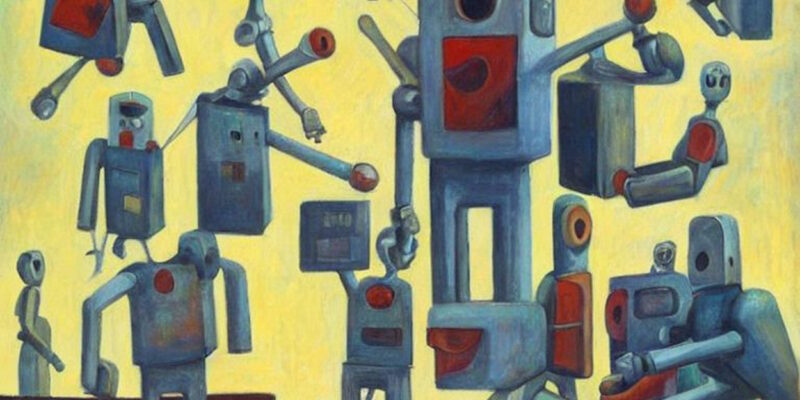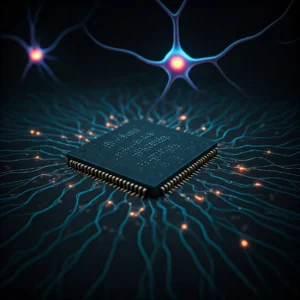This paper explores the potential of distributed data centers as a solution to the minimum load challenges associated with rooftop solar systems. By analysing technical, economic, and environmental aspects, the paper highlights how these centers can stabilise energy grids, optimise solar power utilisation, and provide additional computational benefits. Case studies and real-world examples underscore the feasibility …
Integrating DAOs and Federated Learning: The Future of Ethical AI
Decentralised Autonomous Organisations (DAOs) and Federated Learning (FL) In today’s rapidly advancing technological landscape, building ethical and transparent AI systems is a top priority. By combining Decentralised Autonomous Organisations (DAOs) with federated learning, organisations can address challenges in privacy, governance, and accountability. This innovative approach has the potential to transform AI …
Continue Reading about Integrating DAOs and Federated Learning: The Future of Ethical AI
AI Tools 2024: Replit, Cursor, Pythagora, and Bolt Comparison
Now in 2024, Artificial Intelligence (AI) tools have revolutionised the way we approach tasks that once required manual effort. Today, tools like Replit, Cursor, Pythagora, and Bolt stand at the forefront of innovation, each offering unique capabilities and features to streamline workflows, coding, and automation. In this post, we will compare and contrast these AI tools, highlighting their use cases, technical …
Continue Reading about AI Tools 2024: Replit, Cursor, Pythagora, and Bolt Comparison
Low Rank Adaptation LoRA and Quantisation
This paper examines the integration of Low Rank Adaptation (LoRA) and quantisation techniques to enhance the efficiency of large language models (LLMs), with a specific focus on the continuous learning process in artificial intelligence (AI). Executive Summary In the evolving landscape of artificial intelligence, the efficiency and adaptability of large language models (LLMs) are paramount. This paper explores …
Continue Reading about Low Rank Adaptation LoRA and Quantisation
SaaS Pattern Recognition Engine
A Software as a Service (SaaS) pattern recognition engine is a cloud-based solution designed to identify and analyse patterns within large sets of data. This type of engine is typically used in various industries for tasks such as fraud detection, predictive analytics, and anomaly detection. Here’s a detailed explanation of how it works and its key features: Components of a SaaS Pattern Recognition Engine Key …
Continuous Learning in small and medium-sized enterprises (SMEs)
This paper examines the implementation of Continuous Learning in small and medium-sized enterprises (SMEs) to adopt AI and automation without causing turnover or redundancies. The study explores how this methodology can create a culture of continuous improvement and learning, ensuring a smooth transition to advanced technologies. By integrating Continuous Learning, SMEs can enhance efficiency, maintain employee …
Continue Reading about Continuous Learning in small and medium-sized enterprises (SMEs)











